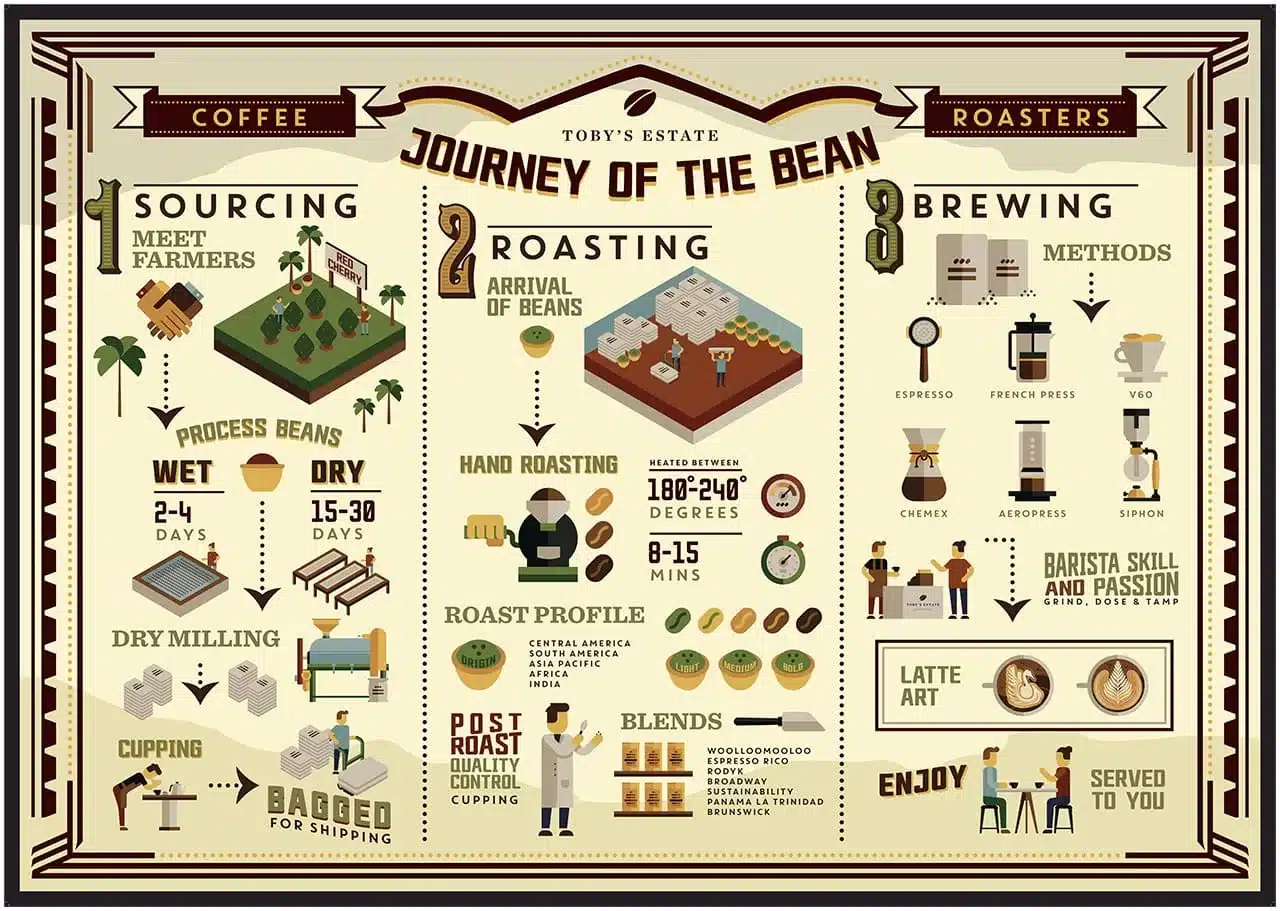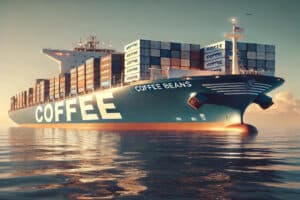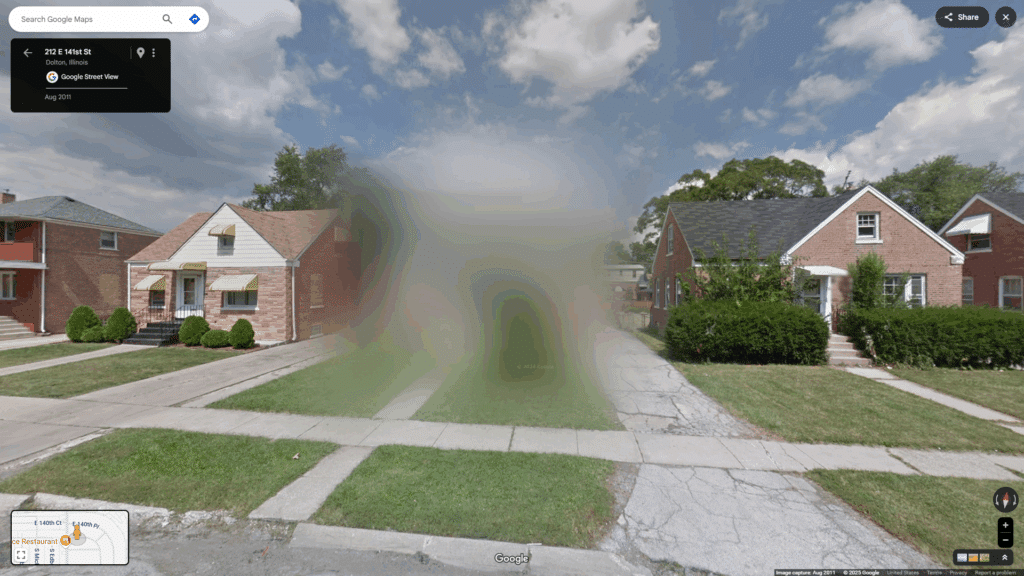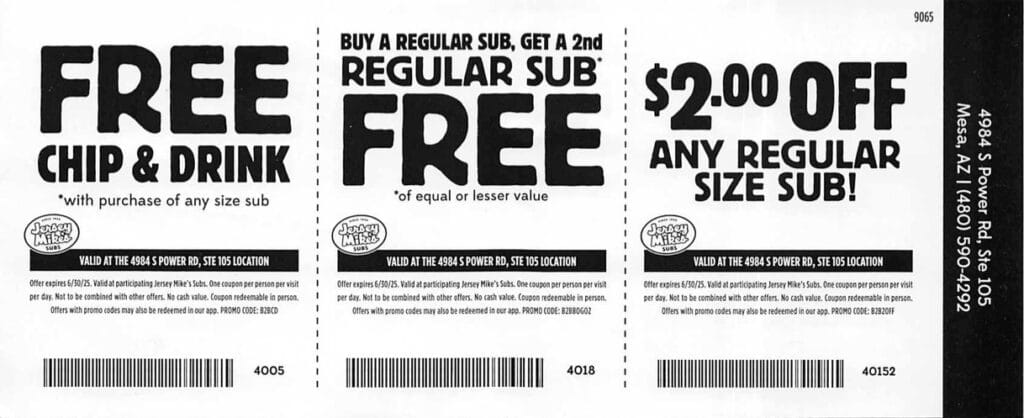The Journey of Coffee: From Bean to Brew
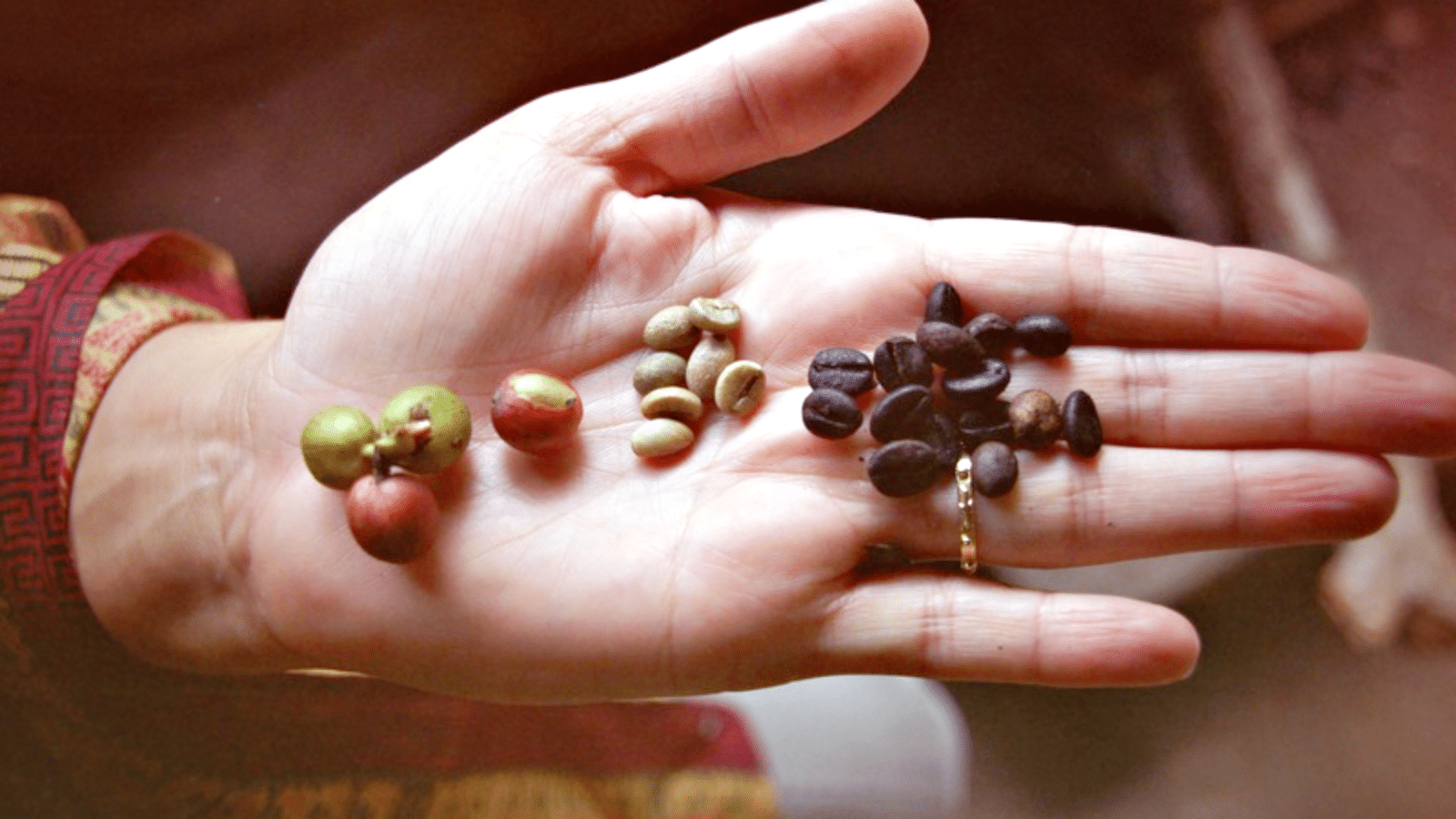
Coffee is very much a part of our world, and very much part of the coworking world. Fast, reliable internet, and coffee. This fact isn’t lost on us. At The Works, we do our best to keep a rotation of different coffees available for our members. At the time of this writing, we’re offering McCafe Premium Medium Roast, Solimo Dark Roast, and Happy Belly Medium Roast Kona Blend. Yeah, that first one is McDonald’s coffee, and it’s really good (see why it’s so popular below). Personally, I don’t think Mickey D’s gets enough credit for their coffee.
With its enticing aroma and invigorating taste, has become an integral part of our daily lives. From the sprawling coffee plantations of Brazil to the idyllic farms of Hawaii, this remarkable beverage has captivated people around the world. Join us on an immersive journey as we explore the fascinating world of coffee, from its origins to its global significance.
The Journey of Coffee often starts in Brazil
Brazil takes center stage as the largest producer of coffee in the world. The country’s favorable climate, expansive agricultural lands, and skilled farmers contribute to its unrivaled dominance in the coffee industry. The majority of the coffee we consume originates from the bountiful plantations of Brazil, where the beans are meticulously cultivated and harvested.
Coffee has transcended geographical boundaries to become the most traded commodity on earth. Its global demand and economic significance have made it a cornerstone of international trade. Coffee plantations can be found in various regions, but it is closest to the equator where coffee beans naturally thrive. The combination of optimal altitude, temperature, and rainfall in these equatorial regions creates the perfect conditions for coffee plants to flourish.
There are only 2 varieties of Coffee
When it comes to coffee beans, there are two primary varieties that stand out: Arabica and Robusta. Arabica beans are celebrated for their delicate flavor profiles and aromatic qualities, making up the majority of the coffee consumed worldwide. On the other hand, Robusta beans possess a more robust taste and contain a higher caffeine content, making them popular in espresso blends and instant coffees. Many people enjoy the robust flavor of robusta coffee beans, but some find it to be too strong. McDonald’s coffee (The McCafe K-cups mentioned above) is made with robusta coffee beans, and many people enjoy the strong flavor and high caffeine content of McDonald’s coffee.
Interestingly, coffee was not always enjoyed as a beverage. In its early days, coffee was primarily regarded as a food. The berries were mixed with animal fat, creating an energy-rich snack that provided sustenance to those who consumed it. It was only later that people discovered the brewing process, unlocking the rich flavors and captivating aromas that we associate with coffee today.
Hawaii holds a unique distinction as the only state in the United States that commercially grows coffee. The volcanic soil and favorable climate of the Hawaiian Islands provide the perfect environment for cultivating high-quality coffee beans. Hawaiian coffee, renowned for its smooth taste and distinctive flavor profiles, has gained recognition and appreciation from coffee enthusiasts around the world.
Regardless of where The Journey of Coffee begins, the timeline always looks like this:
1 – Source the beans
2 – Roast the beans
3 – Brew the coffee
Sometimes the the journey of coffee can take a detour through the digestive tract of an elephant
While coffee is known for its accessibility, there exists a realm of luxury and exclusivity within the coffee industry. The world’s most expensive coffee, priced at a staggering $1,500/lb, is known as Black Ivory coffee. This extraordinary blend is made from Thai Arabica beans that have been consumed and digested by elephants. The beans are meticulously collected from the elephant dung, thoroughly washed, and expertly roasted to create a rare and opulent coffee experience. Gross, I know.
Prohibition, for Coffee?
The Journey of Coffee hasn’t come without opposition. Coffee, throughout history, has faced opposition and attempts at prohibition. Its stimulating effects and increasing popularity have been viewed with suspicion by various authorities. In fact, there have been five notable attempts to ban coffee throughout history. However, these attempts were short-lived, and coffee emerged as a beloved beverage, enjoyed by millions worldwide.
It’s surprisingly difficult to Overdose on caffeine/coffee
Contrary to popular belief, it would take an astonishing amount of coffee to overdose on caffeine. Consuming over 100 cups of coffee (that’s 800 ounces!) within a short period would be necessary to reach toxic levels. While excessive caffeine intake can have adverse effects, moderate coffee consumption is generally considered safe and may even offer certain health benefits.
Coffee holds a special place in the hearts and cups of Americans. On average, Americans consume a staggering 400 million cups of coffee each day. This statistic highlights the deep-rooted affinity for coffee in American culture. Moreover, the average American spends over $1,000 on coffee annually, underscoring the significant role coffee plays in our daily lives.
In its early days, coffee was regarded as a wonder drug and was consumed only under the advice of a doctor. Its stimulating properties and potential health benefits led to coffee being prescribed as a remedy for various ailments. Over time, coffee transitioned from a medicinal drink to a beloved beverage enjoyed by people from all walks of life.
The Journey of Coffee often ends in The United States

That’s right. Americans consume the most coffee per capita than any other country. It’s big business in the U.S. An estimated 4 out of 5 Americans kick-start their day with a cup of coffee. For many, it has become a ritual, a necessary companion in the quest to conquer the day. The rich aroma and the gentle buzz of caffeine awaken the senses, preparing us for the challenges that lie ahead.
In 2014, Dunkin’ Donuts made a significant mark on the international stage, operating over 900 locations across South Korea. This move propelled South Korea to become Dunkin’ Donuts’ largest international market, showcasing the global reach and popularity of this beloved coffee chain.
Coffee, in all its forms and varieties, has shaped cultures and connected people worldwide. From the lush plantations of Brazil to the serene fields of Hawaii, the journey of coffee from bean to brew is a testament to human ingenuity and the enduring love for this captivating beverage. So, next time you savor that aromatic cup of coffee, take a moment to appreciate the rich history and global journey that brought it to your fingertips. The journey of coffee, sometimes ends up in your cup at The Works.




